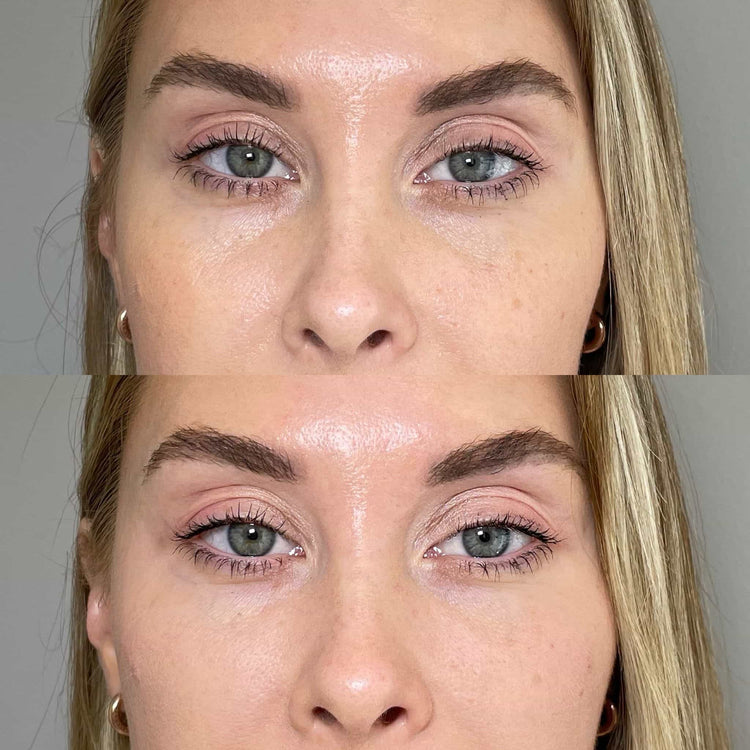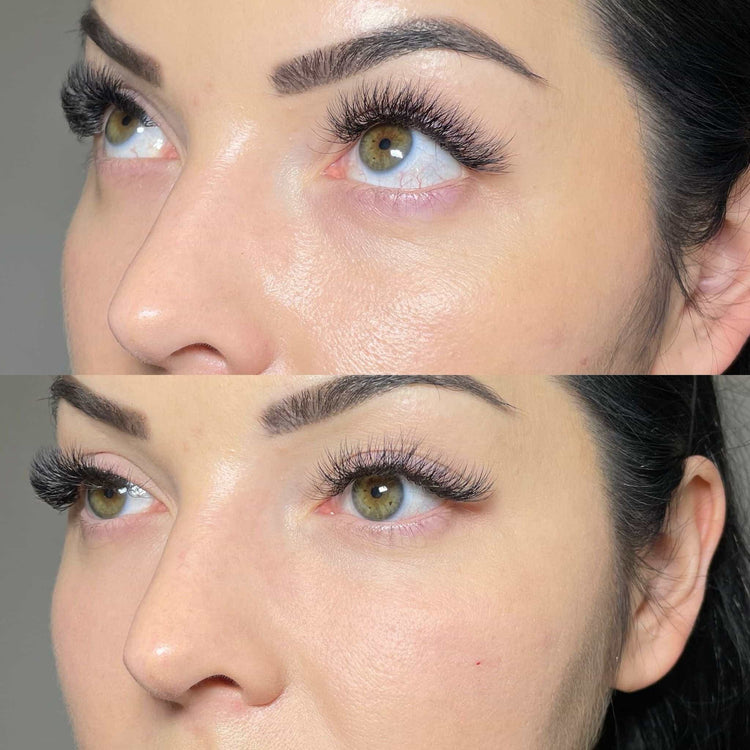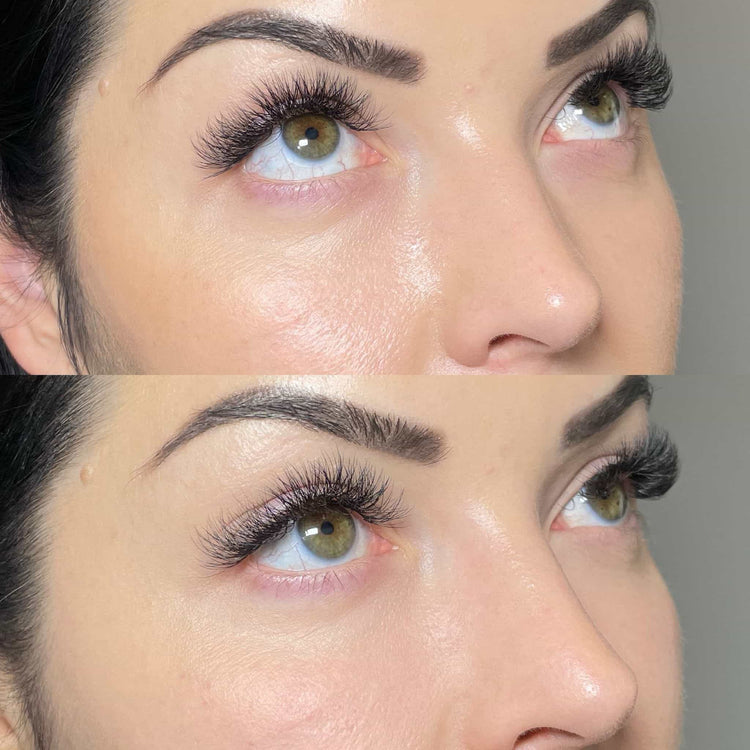Suitability for Candidates
When considering any cosmetic procedure, it’s crucial to understand your individual suitability. Tear trough fillers, while popular for addressing under-eye hollows, may not be appropriate for everyone. Factors like skin type, pre-existing medical conditions, and desired outcome all play a role in determining whether this treatment is right for you.
Age Restrictions
Age restrictions are generally not strictly enforced for tear trough fillers in London. However, younger individuals might experience different results compared to adults due to variations in skin elasticity and bone structure. It’s essential for candidates to have realistic expectations and understand that younger individuals may require more frequent treatments.
Skin Condition
Skin condition is a critical factor in determining the suitability of tear trough fillers. Individuals with very thin or delicate skin might experience bruising, swelling, or visible filler lumps. Conversely, those with thicker skin may see less noticeable results or require larger filler volumes. It’s important to consult with a qualified practitioner who can assess your individual skin type and tailor the treatment accordingly.
Medical History
A thorough review of a candidate’s medical history is essential before administering tear trough fillers. Certain medical conditions, such as allergies or blood clotting disorders, can increase the risk of complications. Additionally, individuals taking medications that affect collagen production or wound healing might experience altered results. Open and honest communication with your practitioner about any pre-existing conditions and current medications is crucial to ensure a safe and effective treatment.
Medications and Allergies
When considering any cosmetic procedure, it’s crucial to understand your individual suitability. Tear trough fillers, while popular for addressing under-eye hollows, may not be appropriate for everyone. Factors like skin type, pre-existing medical conditions, and desired outcome all play a role in determining whether this treatment is right for you.

Age restrictions are generally not strictly enforced for tear trough fillers in London. However, younger individuals might experience different results compared to adults due to variations in skin elasticity and bone structure. It’s essential for candidates to have realistic expectations and understand that younger individuals may require more frequent treatments.

Skin condition is a critical factor in determining the suitability of tear trough fillers. Individuals with very thin or delicate skin might experience bruising, swelling, or visible filler lumps. Conversely, those with thicker skin may see less noticeable results or require larger filler volumes. It’s important to consult with a qualified practitioner who can assess your individual skin type and tailor the treatment accordingly.
A thorough review of a candidate’s medical history is essential before administering tear trough fillers. Certain medical conditions, such as allergies or blood clotting disorders, can increase the risk of complications. Additionally, individuals taking medications that affect collagen production or wound healing might experience altered results. Open and honest communication with your practitioner about any pre-existing conditions and current medications is crucial to ensure a safe and effective treatment.
Medications and allergies must be carefully considered before undergoing tear trough filler treatment.
- Inform your practitioner of any allergies you have, especially to local anesthetics or substances used in fillers.
- Disclose any medications you are currently taking, including over-the-counter drugs and supplements. Some medications can interfere with the body’s healing process or increase the risk of complications.
Procedure Details
Procedure details play a vital role in determining the safety and effectiveness of tear trough fillers. A thorough understanding of these details is essential for both patients and practitioners to ensure optimal results and minimize potential risks.
Type of Filler Used
Tear trough fillers are typically made from hyaluronic acid, a natural substance found in the body that helps maintain skin volume and hydration. Hyaluronic acid-based fillers are considered safe and effective for addressing under-eye hollows because they can be easily injected, are reversible with an enzyme called hyaluronidase, and provide long-lasting results.
The procedure involves injecting small amounts of filler strategically into the tear trough area to restore volume and smooth out the appearance of shadows. A local anesthetic is usually used to numb the treatment area, making the procedure relatively painless. The entire procedure typically takes about 30 minutes to an hour.
Administration Process
The administration process for tear trough fillers involves several steps. First, a consultation is necessary to assess suitability and discuss expectations. During this consultation, medical history, medications, allergies, and desired outcomes are reviewed.
On the day of the procedure, the treatment area is cleansed and prepared. A topical anesthetic may be applied to minimize discomfort. Local anesthetic is then injected into the tear trough area. The filler is carefully injected using a fine needle in strategic locations to restore volume and smooth out the hollows.
After the procedure, ice packs may be applied to reduce swelling and bruising. Patients are advised on post-treatment care, including avoiding strenuous activities, direct sunlight exposure, and makeup application for a few days.
The entire procedure typically takes about 30 minutes to an hour.
Recovery Time
Recovery time after tear trough filler treatment is generally short and straightforward.
Most patients experience minimal downtime, allowing them to return to their daily activities relatively quickly. Mild swelling, redness, or bruising may occur at the injection sites, but these typically subside within a few days.
To minimize discomfort and promote healing, it’s recommended to apply ice packs to the treatment area for short periods throughout the day.
Avoid strenuous activities, direct sunlight exposure, and makeup application for a few days following the procedure.
Potential Risks and Side Effects
While tear trough fillers offer promising results for addressing under-eye hollows, it’s crucial to be aware of potential risks and side effects. These can range from temporary issues like swelling, bruising, or redness to more serious complications such as infection or allergic reactions.
Bruising and Swelling
While tear trough fillers offer promising results for addressing under-eye hollows, it’s crucial to be aware of potential risks and side effects. These can range from temporary issues like swelling, bruising, or redness to more serious complications such as infection or allergic reactions.
- Bruising and Swelling:
- Redness:
- Lumps or Nodules:
- Infection:
- Allergic Reactions:
This is one of the most common side effects of tear trough filler treatment. It typically occurs within a few days after the procedure and can last for up to a week or two. Applying ice packs to the treated area can help minimize bruising and swelling.
Some redness around the injection sites is also common and usually subsides within a few days.
In some cases, lumps or nodules may form at the injection site. These are usually temporary and can be massaged away by a qualified practitioner.
As with any medical procedure, there is a risk of infection.
Although rare, allergic reactions to fillers can occur. It is important to inform your practitioner of any allergies you have before the procedure.
Infection
While tear trough fillers offer promising results for addressing under-eye hollows, it’s crucial to be aware of potential risks and side effects. These can range from temporary issues like swelling, bruising, or redness to more serious complications such as infection or allergic reactions.
- Bruising and Swelling:
- Redness:
- Lumps or Nodules:
- Infection:
- Allergic Reactions:
This is one of the most common side effects of tear trough filler treatment. It typically occurs within a few days after the procedure and can last for up to a week or two. Applying ice packs to the treated area can help minimize bruising and swelling.
Some redness around the injection sites is also common and usually subsides within a few days.
In some cases, lumps or nodules may form at the injection site. These are usually temporary and can be massaged away by a qualified practitioner.
As with any medical procedure, there is a risk of infection.
Although rare, allergic reactions to fillers can occur. It is important to inform your practitioner of any allergies you have before the procedure.
Asymmetry
While tear trough fillers offer promising results for addressing under-eye hollows, it’s crucial to be aware of potential risks and side effects. These can range from temporary issues like swelling, bruising, or redness to more serious complications such as infection or allergic reactions.
Bruising and Swelling:
This is one of the most common side effects of tear trough filler treatment. It typically occurs within a few days after the procedure and can last for up to a week or two. Applying ice packs to the treated area can help minimize bruising and swelling.
Redness:

Some redness around the injection sites is also common and usually subsides within a few days.
Lumps or Nodules:
In some cases, lumps or nodules may form at the injection site. These are usually temporary and can be massaged away by a qualified practitioner.
Infection:
As with any medical procedure, there is a risk of infection.
Allergic Reactions:
Although rare, allergic reactions to fillers can occur. It is important to inform your practitioner of any allergies you have before the procedure.
Allergic Reactions
While tear trough fillers offer promising results for addressing under-eye hollows, it’s crucial to be aware of potential risks and side effects. These can range from temporary issues like swelling, bruising, or redness to more serious complications such as infection or allergic reactions.
- Bruising and Swelling:
- Redness:
- Lumps or Nodules:
- Infection:
- Allergic Reactions:
This is one of the most common side effects of tear trough filler treatment. It typically occurs within a few days after the procedure and can last for up to a week or two. Applying ice packs to the treated area can help minimize bruising and swelling.
Some redness around the injection sites is also common and usually subsides within a few days.
In some cases, lumps or nodules may form at the injection site. These are usually temporary and can be massaged away by a qualified practitioner.
As with any medical procedure, there is a risk of infection.
Although rare, allergic reactions to fillers can occur. It is important to inform your practitioner of any allergies you have before the procedure.
Vascular Occlusion
Vascular occlusion is a serious potential risk associated with tear trough filler injections. This occurs when a blood vessel is blocked by the injected filler, leading to tissue damage and potentially vision loss if it affects blood flow to the eye.
It’s crucial to choose a qualified and experienced practitioner who understands the anatomical structures in the tear trough area and can minimize this risk. Proper injection techniques and careful patient selection are essential for reducing the likelihood of vascular occlusion.
Cost and Availability in London
The cost of tear trough fillers in London varies depending on several factors, including the practitioner’s experience, the amount of filler used, and the specific clinic location. Generally, expect to pay between £300 to £800 per treatment.
Availability for appointments can also vary based on the practitioner’s schedule and demand. It’s best to contact clinics directly to inquire about availability and book your consultation.
Price Range
The cost of tear trough fillers in London varies depending on several factors, including the practitioner’s experience, the amount of filler used, and the specific clinic location. Generally, expect to pay between £300 to £800 per treatment.
Availability for appointments can also vary based on the practitioner’s schedule and demand. It’s best to contact clinics directly to inquire about availability and book your consultation.
Clinics and Practitioners
The cost of tear trough fillers in London varies depending on several factors, including the practitioner’s experience, the amount of filler used, and the specific clinic location. Generally, expect to pay between £300 to £800 per treatment.
Availability for appointments can also vary based on the practitioner’s schedule and demand. It’s best to contact clinics directly to inquire about availability and book your consultation.
In London, you’ll find a variety of clinics offering tear trough filler treatments. Some popular options include medical spas, private practices specializing in aesthetic medicine, and general cosmetic surgery centers. When choosing a clinic, consider factors like the practitioner’s qualifications, experience, patient reviews, and overall clinic ambience.
Many practitioners in London offer free consultations to discuss your concerns, assess your suitability for treatment, and answer any questions you may have.
- Dermal Fillers Near Dorking, Surrey - June 30, 2025
- Cosmelan Depigmentation Peel Near Weybridge, Surrey - June 25, 2025
- Cosmelan Depigmentation Peel Near Forest Green, Surrey - June 23, 2025
